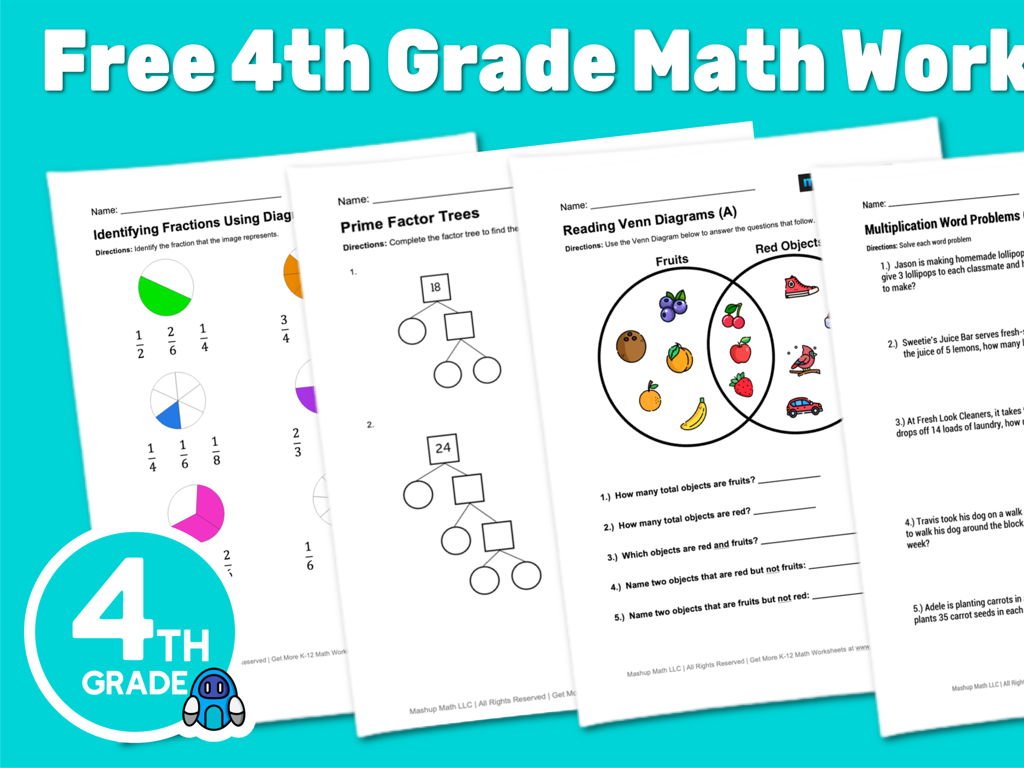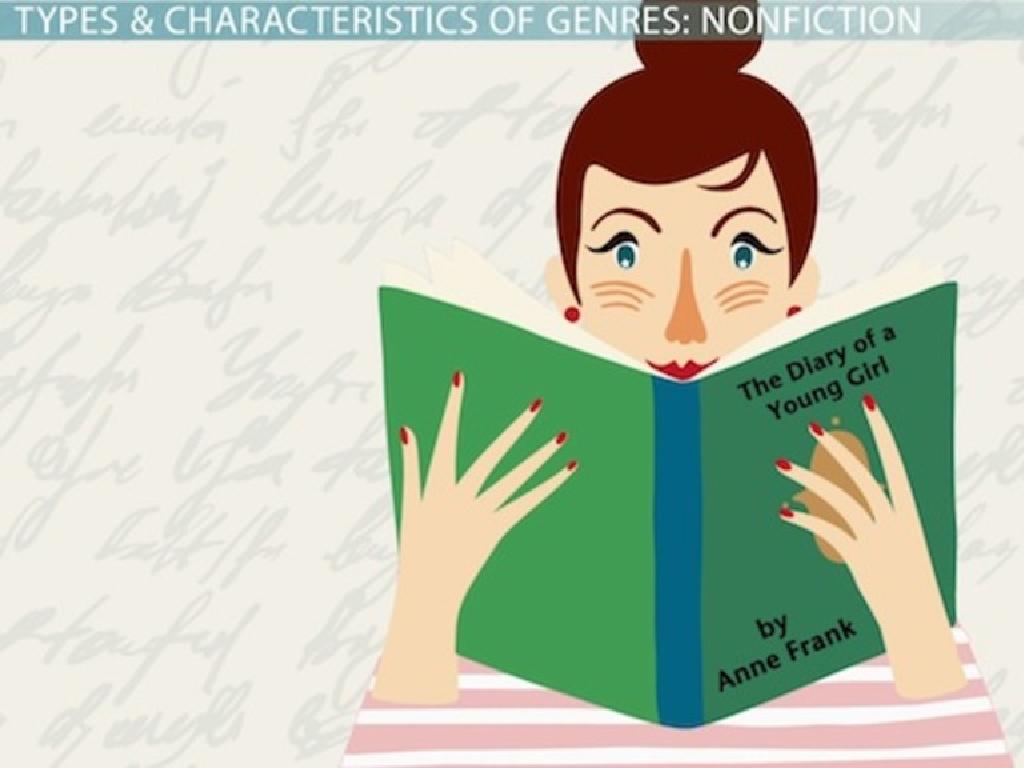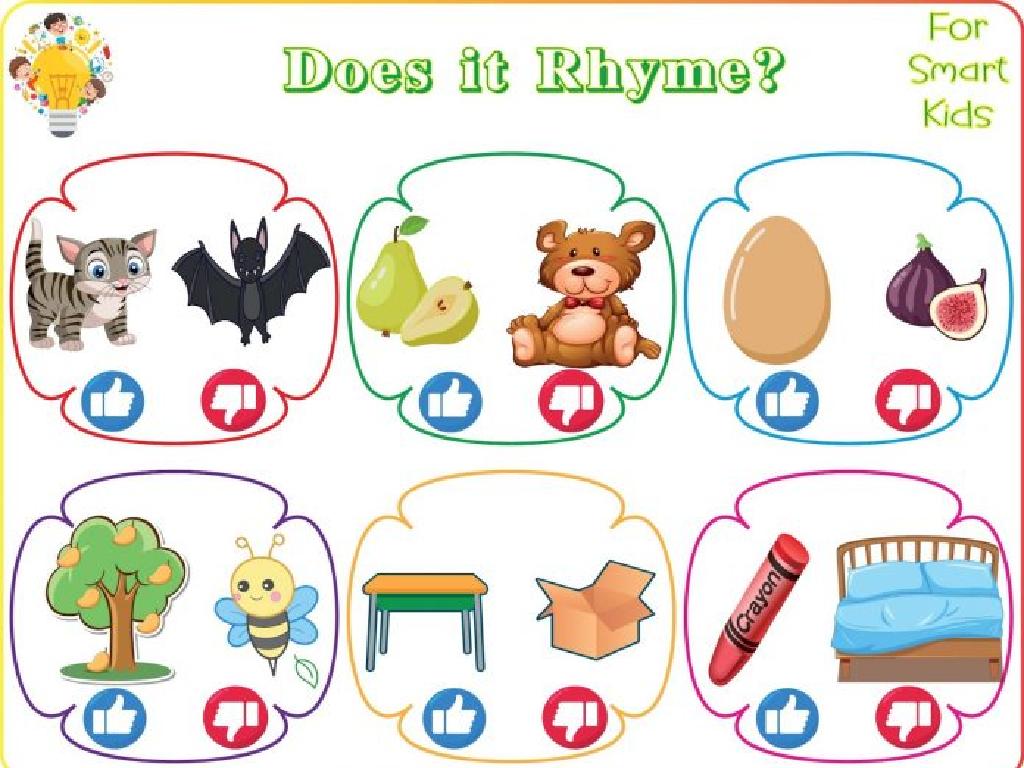The Medieval Silk Road
Subject: Social studies
Grade: Seventh grade
Topic: The Silk Road
Please LOG IN to download the presentation. Access is available to registered users only.
View More Content
Exploring the Medieval Silk Road
– Introduction to the Silk Road
– A network of trade routes connecting East and West
– Trade and cultural exchange
– Goods, ideas, and cultures were exchanged along these routes
– Origin of the ‘Silk’ Road name
– Named for the lucrative silk trade, a highly valued commodity
– Impact on today’s world
|
The Silk Road was not a single highway but a sprawling network of interconnected trade routes that spanned from Europe to Asia. It facilitated not only the exchange of goods like silk, spices, and gold but also allowed for the sharing of ideas, technology, and culture. The term ‘Silk Road’ was coined because silk was the main commodity traded from China, highly sought after in Europe. Understanding the Silk Road helps students grasp the early globalization concept and its lasting impact on how different cultures interact and exchange goods and ideas today. Encourage students to think about modern examples of international trade and cultural exchange.
The Importance of the Silk Road
– Connected East and West
– A network of trade routes linking China to the Mediterranean
– Diverse goods traded
– Silk, spices, tea, and precious metals were commonly traded
– Cultural exchanges
– Ideas, religions, and art spread, enriching societies
– Technological innovations
– Papermaking, compass, and printing spread from East to West
|
The Silk Road was not just a pivotal network of trade routes for goods, but also a bridge between civilizations. It facilitated the exchange of commodities like silk and spices, which were highly sought after in Europe. Moreover, it was a conduit for cultural interaction, allowing for the spread of philosophies, religions, and artistic influences. Technological advancements, such as papermaking and the compass, were also disseminated along the Silk Road, profoundly impacting the development of societies. When discussing the Silk Road, emphasize its role in shaping the pre-modern world and how it laid the groundwork for globalization. Encourage students to think about how the exchange of goods and ideas can influence and connect distant cultures.
Geography of the Silk Road
– Map the Silk Road’s path
– Trace the network from China to the Mediterranean
– Key cities and trade posts
– Explore hubs like Samarkand and Chang’an
– Travel challenges faced
– Deserts, mountains, and steppes tested traders
– Adaptations for survival
– Caravans used camels, guides, and oases to endure
|
This slide aims to give students a geographical perspective of the Silk Road. Start by showing a map to illustrate the extensive network that connected the East and West. Highlight major cities and trading posts that were crucial to commerce and cultural exchange, such as Samarkand in present-day Uzbekistan and Chang’an, now known as Xi’an, in China. Discuss the formidable natural barriers traders faced, including the harsh Gobi Desert, the towering Pamir and Tianshan mountains, and the vast Eurasian steppes. Emphasize the ingenuity and resilience of the traders who adapted to these challenges by organizing large caravans, using camels suited for desert travel, hiring experienced guides, and relying on a network of oases for sustenance. Encourage students to consider how geography influenced the development and success of the Silk Road.
Travelers of the Silk Road
– Merchants, pilgrims, and explorers
– Traders seeking profit, religious journeys, and discovery
– Marco Polo’s adventures
– His travels opened Europe to the East
– Significance of caravans
– Caravans were the lifeline, transporting goods and culture
– Cultural exchanges along the route
– Ideas, technologies, and beliefs were shared, enriching societies
|
This slide introduces students to the diverse group of individuals who traveled the Silk Road, emphasizing the variety of their purposes, from commerce to religion, to curiosity about the world. Highlight Marco Polo as a key historical figure whose writings captivated the European imagination and provided a glimpse into the wealth and splendor of Asia. Discuss the role of caravans as not just a means of transporting goods but also as a vehicle for cultural exchange, spreading art, science, and new ideas across continents. Encourage students to consider how the Silk Road was more than a trade route; it was a bridge connecting distant civilizations, fostering a rich tapestry of cultural exchange that shaped the modern world.
The Silk Road: A Pathway of Faiths
– Spread of major religions
– Buddhism, Islam, and Christianity traveled along the Silk Road.
– Monasteries & Madrasas
– Monasteries and Madrasas became hubs for education and knowledge.
– Embracing religious tolerance
– Different beliefs coexisted and were respected on the Silk Road.
– Cultural & religious exchange
– Ideas and beliefs were shared, leading to a rich cultural tapestry.
|
This slide explores the significant role the Silk Road played in the dissemination of major world religions such as Buddhism, Islam, and Christianity. As merchants and travelers moved along these routes, they carried with them not just goods but also ideas and beliefs. Monasteries and Madrasas, as centers of learning, facilitated the spread of religious knowledge and scholarly exchange. Highlight the importance of religious tolerance that was practiced along the Silk Road, which allowed for a peaceful exchange of cultures and beliefs. Encourage students to consider how the Silk Road was not only a network for trade but also a powerful medium for the spread of religions and fostering a diverse cultural landscape.
The Decline of the Silk Road
– Shift to maritime trade routes
– Oceanic routes became more popular for trade.
– Mongol Empire’s influence
– The Mongol conquests initially improved Silk Road safety.
– The Black Death’s impact
– The pandemic greatly reduced the population and trade.
– Consequences on Silk Road trade
– Trade declined, leading to the Silk Road’s gradual abandonment.
|
This slide explores the factors that led to the decline of the Silk Road. Emphasize the shift from overland to maritime trade routes as explorers found new ways to navigate the seas, which became more efficient and less hazardous. Discuss the role of the Mongol Empire, which, under the Pax Mongolica, initially made the Silk Road safer for traders but eventually contributed to its decline. Highlight the devastating effects of the Black Death, which decimated populations along the trade route, leading to a significant decrease in trade activity. Conclude with the overall impact of these events, which led to the gradual abandonment of the Silk Road as a major trade route. Encourage students to think about how changes in trade routes can affect entire civilizations.
The Silk Road’s Enduring Legacy
– Impact on today’s trade
– The Silk Road set foundations for international trade and globalization.
– Preserved cultural heritage
– Traditions, languages, and religions were exchanged, enriching cultures.
– Historical sites along the Silk Road
– Visit landmarks like the Terracotta Army in China or the ancient city of Palmyra.
– The New Silk Road project
– A modern trade initiative aiming to connect Asia with Africa and Europe.
|
This slide explores the lasting impact of the medieval Silk Road on contemporary society. Emphasize how the ancient trade routes were precursors to modern globalization, facilitating not only the exchange of goods but also ideas and culture. Highlight the Silk Road’s contribution to the rich tapestry of cultural heritage, with many sites now recognized as UNESCO World Heritage Sites. Discuss the New Silk Road, or ‘Belt and Road Initiative’, which seeks to revive and modernize these historic trade routes for the 21st century. Encourage students to think about how the past influences the present and future of international relations and commerce.
Class Activity: Create Your Caravan
– Form trade groups
– Select goods for trade
– Consider historical items like silk, spices, or gold
– Choose and plan your route
– Think about geographical obstacles and historical context
– Present your caravan’s journey
– Share the challenges faced and the results of your trades
|
This interactive group activity is designed to engage students with the historical concept of the Silk Road through role-play. Students will form groups, representing trade caravans, and decide on the goods they would like to trade, which should be historically accurate items such as silk, spices, or precious metals. They will then choose a route, taking into account the geographical and political challenges traders might have faced during the medieval period. Each group will need to plan how to overcome these challenges. Finally, students will present their journey and trade outcomes to the class, discussing the difficulties they encountered and how they managed their resources. This activity will help students understand the complexities of trade on the Silk Road and the impact of geography and politics on commerce.






